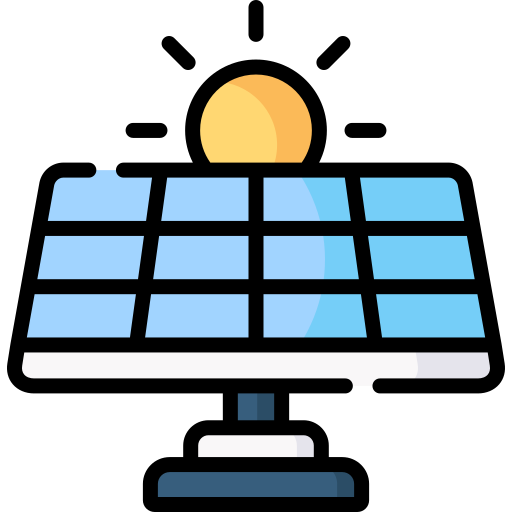Solar Renewable Energy Integration: A Path to Sustainable Power
As the global demand for clean and sustainable energy grows, solar renewable energy integration has become a key solution for reducing reliance on fossil fuels. By incorporating solar power into residential, commercial, and industrial energy systems, we can create a more sustainable and efficient energy future.

What is Solar Renewable Energy Integration?
Solar renewable energy integration refers to the process of incorporating solar power into existing energy infrastructures. This can involve installing photovoltaic (PV) panels, integrating battery storage, and connecting solar energy systems to the electrical grid. The goal is to maximize solar energy utilization while ensuring reliability and efficiency.

Key Aspects of Solar Energy Integration

Photovoltaic (PV) panels convert sunlight into electricity. Proper placement, orientation, and efficiency considerations ensure optimal energy generation.

Battery storage systems, such as lithium-ion and flow batteries, store excess solar energy for use during nighttime or cloudy conditions, improving energy reliability.

Solar power systems can be connected to the main electrical grid, allowing users to sell excess energy back to utilities through net metering programs.

Combining solar with other renewable sources, such as wind or hydro, creates a more stable and resilient energy supply.

Advanced technologies, including smart inverters and AI-driven energy management systems, optimize energy distribution and consumption.
Benefits of Solar Energy Integration
- Cost Savings: Reduces electricity bills by utilizing free solar energy.
- Environmental Impact: Lowers carbon emissions and decreases dependence on non-renewable energy sources.
- Energy Independence: Provides a self-sustaining power source, reducing reliance on centralized utilities.
- Increased Property Value: Homes and businesses with solar systems are more attractive to buyers and tenants.

